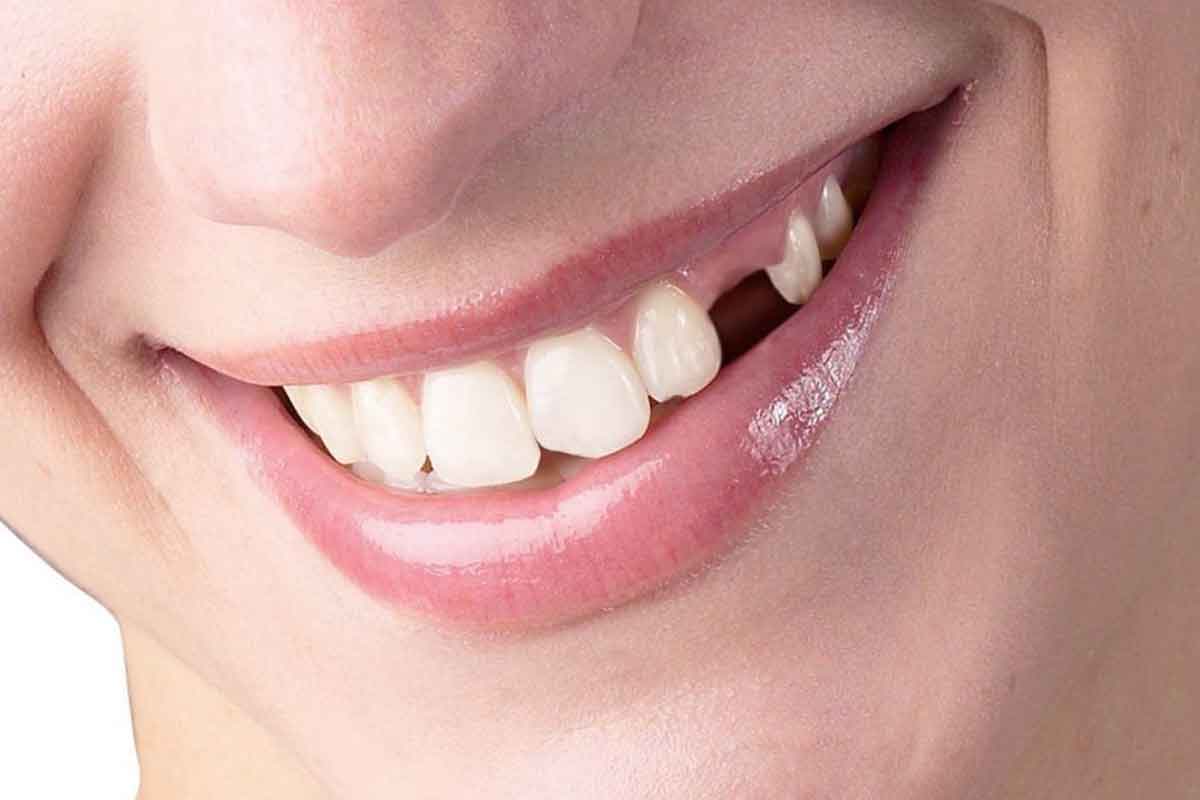Missing a single tooth may appear insignificant, but it can have severe consequences on your oral health if not addressed promptly. The gaps left by missing teeth can trigger a chain reaction of dental issues, affecting the alignment of your remaining teeth, your bite, and even your overall well-being. Dental implants offer a permanent and efficient solution for replacing missing teeth, ensuring the stability and health of your mouth. This article will delve into the repercussions of missing teeth, the advantages of dental implants, and the process involved in obtaining them.
The Impact of Missing Teeth
The absence of teeth can result in various adverse effects on your oral health and general quality of life. Here are some of the primary issues that can arise from the loss of a single tooth:
Tooth Movement
When a tooth is missing, the neighboring teeth may shift into the vacant space, leading to misalignment. This can cause crooked teeth, alterations in your bite, and challenges in maintaining proper oral hygiene. Misaligned teeth are more susceptible to cavities, gum disease, and other dental complications.
Bone Deterioration
The roots of your teeth stimulate the jawbone, keeping it robust and healthy. Without this stimulation from a missing tooth, bone loss in the jaw can occur. Over time, this deterioration can impact the facial structure, resulting in a sunken appearance.
Gum Disease and Decay
Gaps left by missing teeth can trap food particles and bacteria, heightening the risk of gum disease and tooth decay. Additionally, misaligned teeth can create inaccessible areas that are challenging to clean effectively, further exacerbating dental issues.
Impaired Function
Missing teeth can hinder your ability to chew and speak properly, affecting your diet, nutrition, and communication. This can have long-term repercussions on your overall health and quality of life.
Reduced Self-Confidence
A gap in your smile can diminish your self-esteem and confidence, potentially influencing your social interactions and professional endeavors.
The Advantages of Dental Implants
Dental implants present a lasting and effective remedy for missing teeth, addressing the aforementioned issues and offering numerous additional benefits:
Natural Look and Functionality
Dental implants are crafted to resemble, feel, and function like natural teeth. The prosthetic teeth are customized to match the color, shape, and size of your natural teeth, ensuring a seamless and aesthetically pleasing outcome. This enables you to eat, speak, and smile confidently.
Jawbone Preservation
Implants stimulate the jawbone, preventing bone loss and preserving the facial structure. This helps maintain facial aesthetics and prevents the sunken look associated with bone degeneration.
Stability and Longevity
Dental implants are securely anchored in the jawbone, providing a stable and durable foundation for the replacement tooth. With proper maintenance, implants can last a lifetime, making them a cost-effective long-term solution.
Enhanced Oral Health
Unlike dental bridges, implants do not require the modification of adjacent teeth, preserving the integrity of your natural teeth and reducing the risk of future dental issues. Additionally, implants aid in maintaining proper tooth alignment and spacing, promoting overall oral health.
Comfort and Convenience
Dental implants eliminate the discomfort and inconvenience linked with removable dentures. They do not shift or require adhesives, allowing for easy care and maintenance similar to natural teeth.
The Dental Implant Procedure
The process of obtaining dental implants involves several stages crucial for ensuring the success and durability of the implants. Here is an overview of the procedure:
Initial Consultation and Planning
The initial step involves a comprehensive consultation with your dentist to assess your oral health, discuss treatment options, and create a personalized treatment plan based on your specific needs.
Surgical Implant Placement
The next phase entails the surgical placement of the implant fixture in the jawbone under local anesthesia. This procedure provides a foundation for the replacement tooth.
Healing and Integration
Following implant placement, a healing period allows for osseointegration, where the implant fuses with the jawbone to establish a strong base for the replacement tooth.
Abutment Attachment
Once osseointegration is complete, the abutment is attached to the implant fixture, providing support for the prosthetic tooth.
Prosthesis Placement
The final step involves the attachment of a custom crown, bridge, or denture to the abutment, completing the dental implant process.
Maintaining Dental Implants
Proper care and upkeep are essential for the longevity and success of dental implants. Here are some tips for preserving your implants:
Maintain Good Oral Hygiene
Brush your teeth twice daily with a soft-bristled toothbrush and non-abrasive tooth




